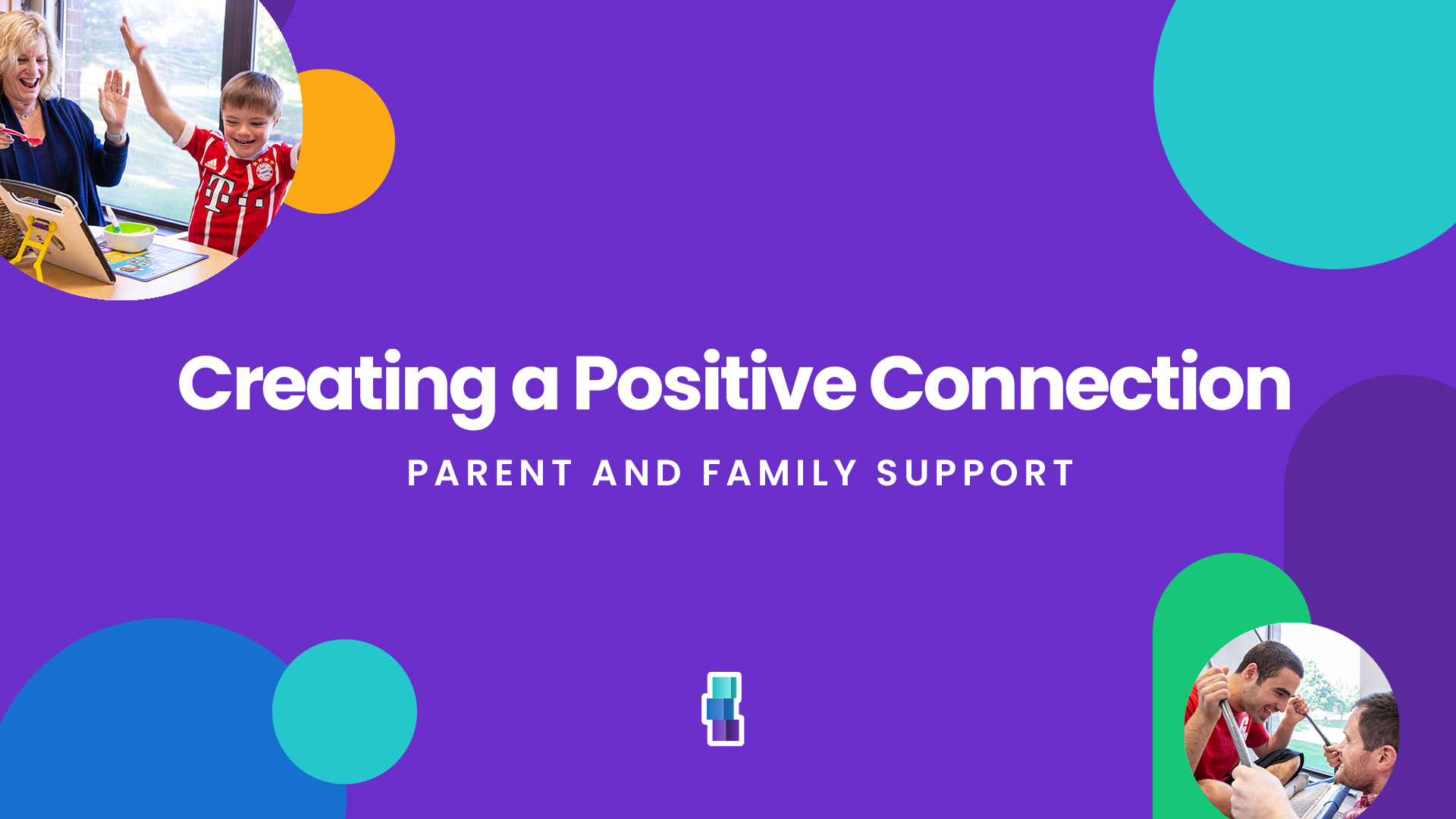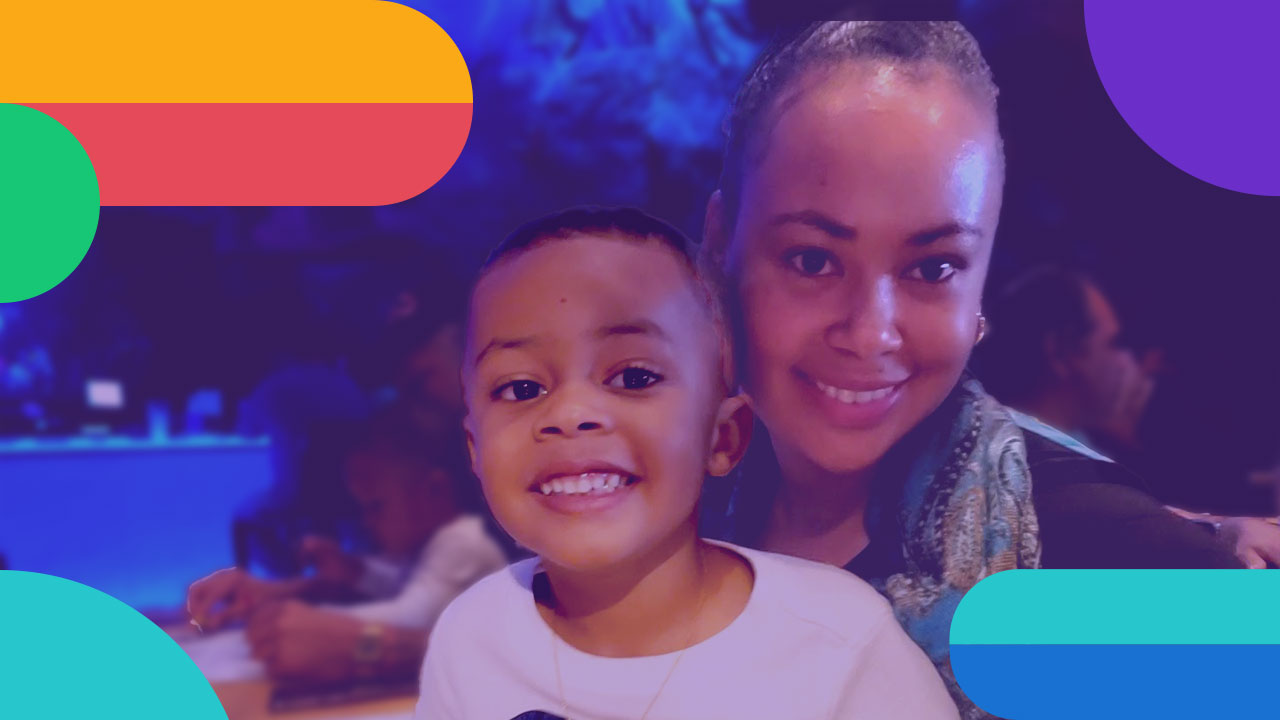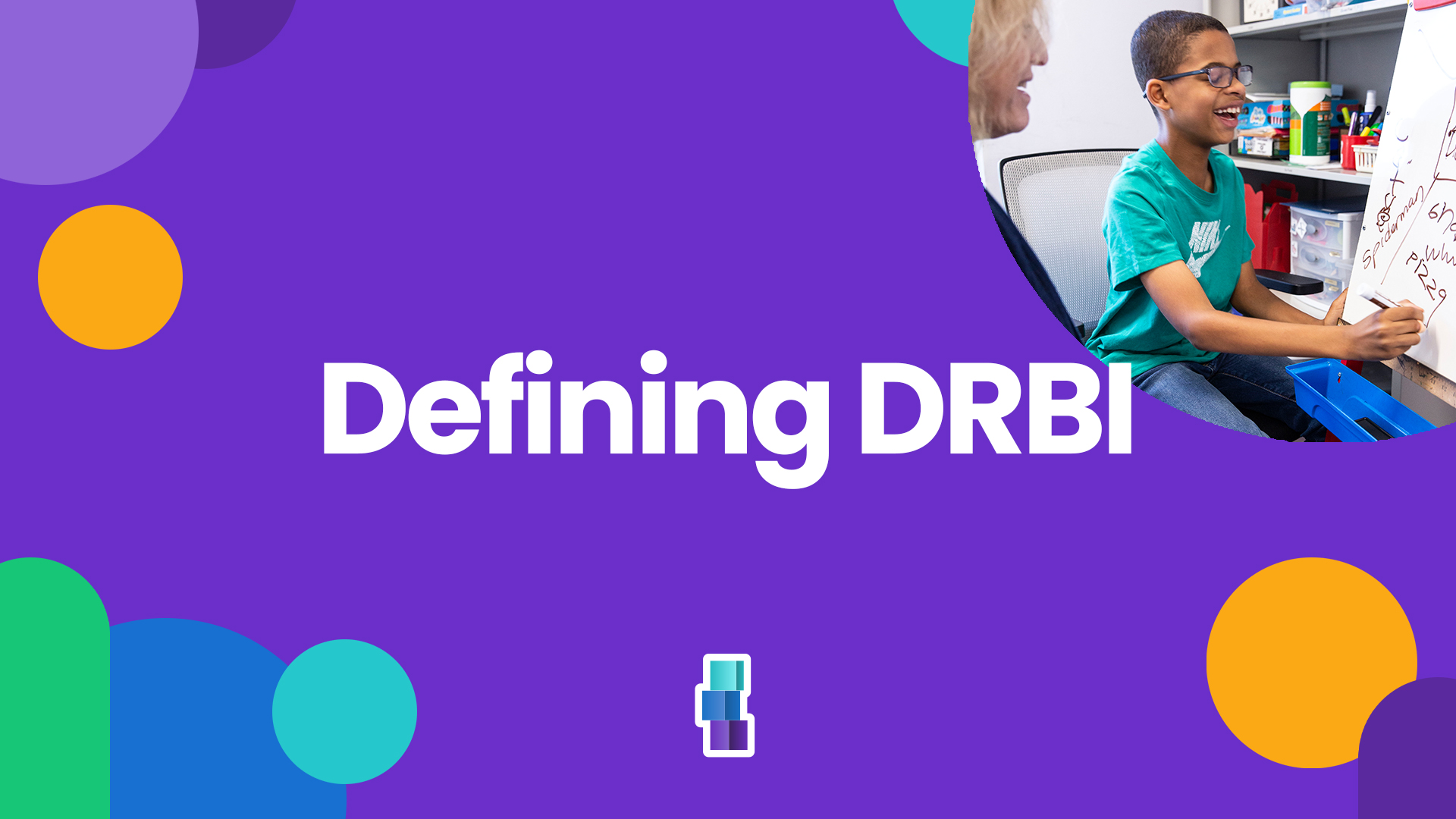
Thanksgiving is still about family, football and of course FOOD. We look forward to the feast relishing on thoughts of eating stuffing, sweet potatoes, and dessert. But for many children the Thanksgiving table may be overwhelming.
The sensory system has a lot to process; it organizes and interprets many sensory sensations. Each food has a different smell, feel, taste and look.
We have provided some simple strategies that may ease the anxiousness that many children experience around holiday tables.
- Present your child with an empty plate and suggest that two items will be put on the plate. Give him/her three choices (which includes one preferred food) and ask him/her to pick two. The choices can be put on the plate together or separately.
- Start with a very small portion of each food. They can always, or you can always OFFER more.
- Talk about the food as you put it on the plate, “The sweet potatoes are so sweet and feel so good and creamy in our mouth.”
- Have a ‘dress rehearsal’ or a mini Thanksgiving before the real thing, choosing a few of the items that might be served on the big day.
- If food is served family style, encourage your child to participate in the passing of the various dishes. Have them help serve the person sitting next to them.
- If Thanksgiving is at your home, encourage your child to help you to get ready:
- Help set the table.
- Make table decorations.
- Help prepare one of the foods with you; perhaps a preferred food (dessert) and a non-preferred food.
Above all, have a wonderful and thankful holiday!


.png)






